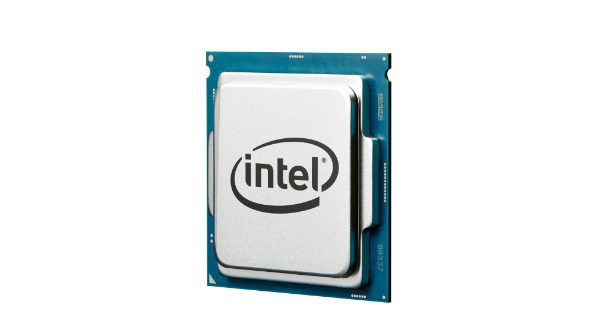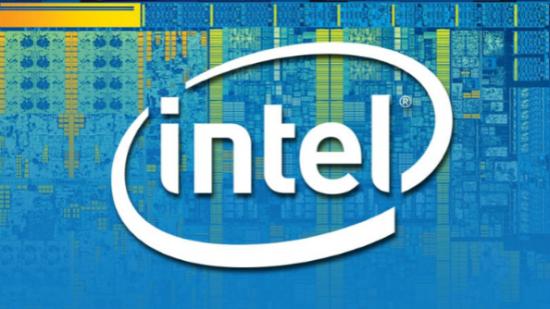CPU giants Intel just put out their sixth generation of Core processors, each one with an impenetrable product name and a list of complicated specifications. But among all Skylake’s mobile SKUs and Xeon monsters are a handful of exciting new gaming CPUs, so let’s pretend all the others don’t exist and just focus on those few and what they bring to PC gaming.
Seriously, if you’re a gamer looking for a few extra frames per second, you don’t need to worry about the vast majority of Intel’s new Skylake CPUs. They’re launching with a staggering array of models – dozens of them – but most are aimed at mobile environments, low-power desktop machines or servers. The good news is there are only nine new models you need to know about, and only two you’ll probably want to upgade your PC with.
Skylake’s S-series CPUs are intended for mainstream desktop PC use. The i7 6700 ($312) is the most powerful of the pack, with four cores and eight threads built into its architecture and a base frequency of 3.4GHz. Below that are a trio of i5s, with each with four cores and four threads. The i5 6600 ($224) runs at 3.3GHz, the i5 6500 ($202) at 3.2GHz, and finally the i5 6400 ($187) at 2.7GHz. They’re sensibly priced, and will give you noticeable performance gains if you’ve left it a couple of generations since you last upgraded – marginal if you’re running a Sandy Bridge system, more significant if you’re still on Nehalem.
But the two chips you really need to know about are Skylake’s overclocking-ready K-series models, the i7 6700K ($350) and i5 6600K ($243). The i7 model features four cores and eight threads like its more sensible i7 6700S cousin, but comes clocked at 4.0GHz out of the box. Users are reporting stable overclocked speeds of 4.7GHz with air coolers. For an idea of how it performs in-game, check out these benchmarks from Anandtech.
The i5 6600K features the same four-core, four-thread architecture as the locked S-series equivalent, but again offers significant overclocking headroom, clocked at 3.5GHz out of the box and reportedly able to run stable at 4.6GHz.

If you’ve been around the block enough times, you’ll know that upgrading to one of these chips isn’t going to be as easy as buying a postage stamp-sized chunk of silicon, swapping it in for your decrepit old CPU and dusting your hands off theatrically.
Intel’s 6th generation Core processors also herald a new chipset: Z170. That means Skylake CPUs won’t fit your current motherboard, only new Z170 boards.
The benefits of Z170 are numerous, including higher bandwith and support for more PCIe lanes, more USB 3.0 ports, and DDR4 RAM support. The drawback, of course, is that you’ll need to go out and buy a new motherboard and RAM to enjoy the benefits.
So after all that, is it time to upgrade? As ever, it depends on your current specs. For Ivy Bridge and Haswell system owners, jumping to Skylake immediately invovles considerable expense that isn’t necessarily reflected in proportional performance gains. At this point it’s more about future-proofing: gaining that DDR4 support for memory speeds of up to 4133MHz, USB 3.1 connections, more PCIe lanes.
However, if you’re sitting on an older chipset, it’s worth looking into. Intel don’t tend to lower their CPU prices throughout their lifespan, so there’s no point looking for a Haswell chip at fire sale prices or waiting for Skylake CPUs to get cheaper. DDR4 memory is getting less expensive, but it’s still the cheapest aspect of your potential upgrade so it isn’t really worth hanging around to watch it decrease further in price.
We’ll be examining Skylake’s K-series chips in more detail in the coming weeks.
